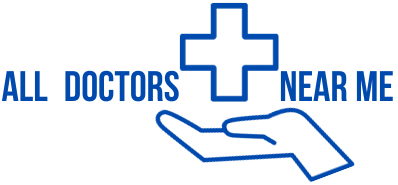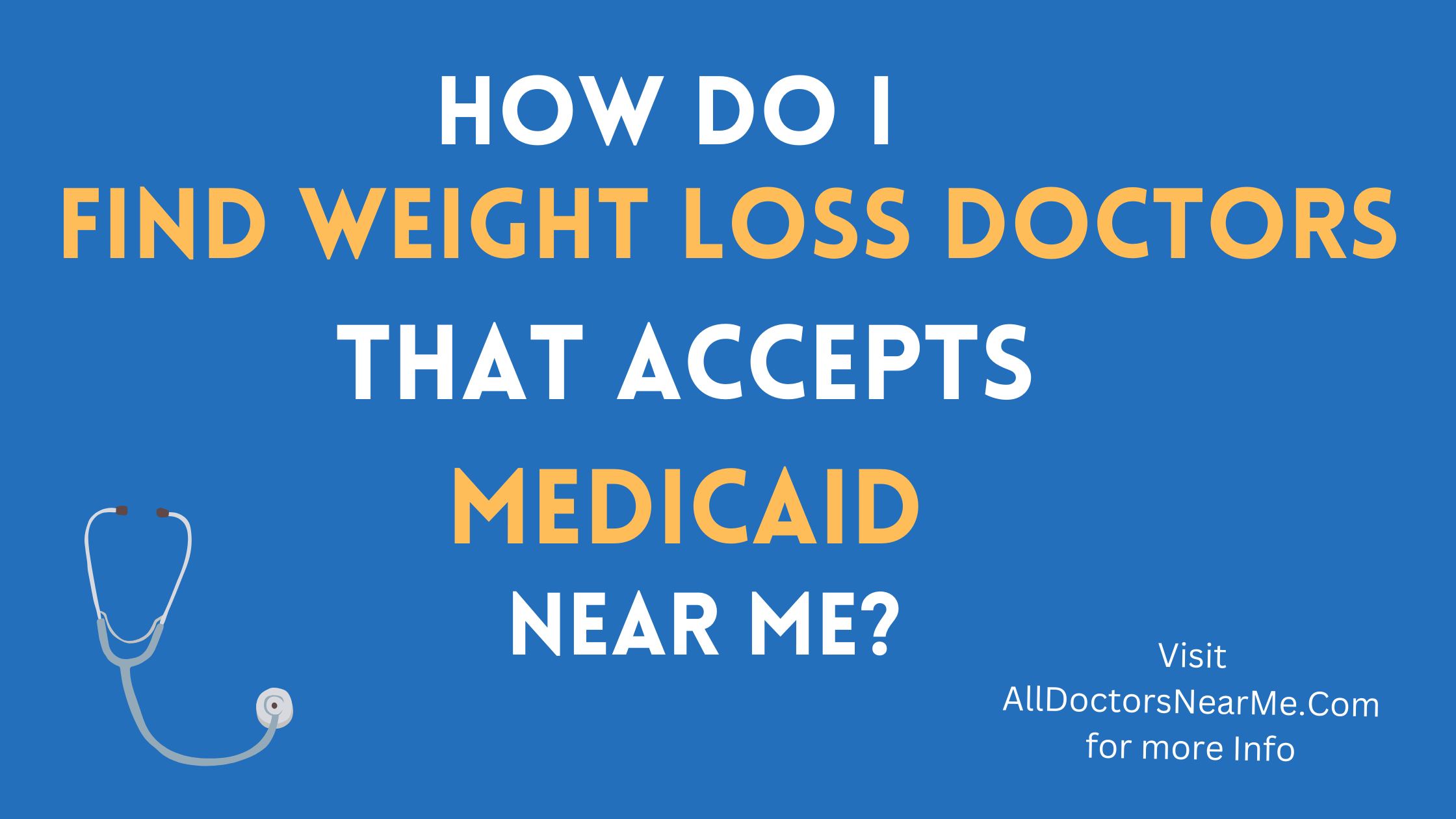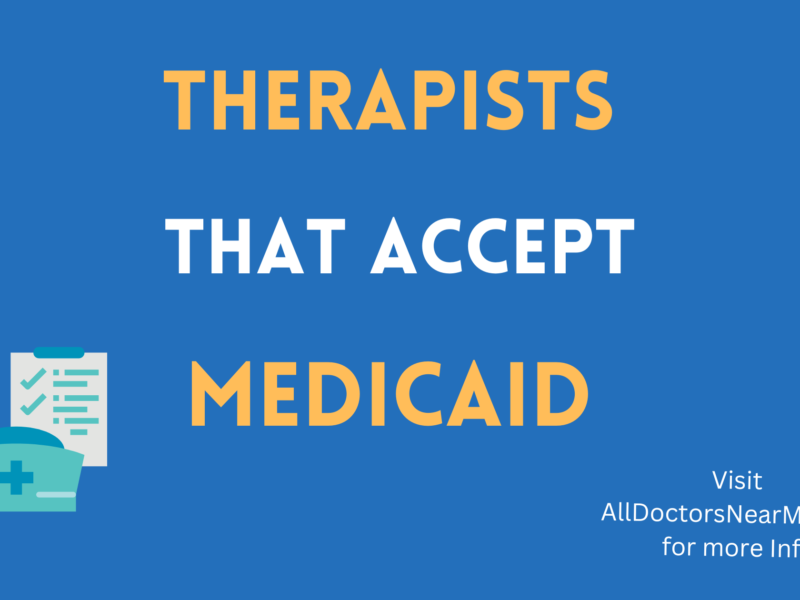Healthcare is a vital foundation for a hopeful and secure future, yet affordable access remains elusive for many individuals and families. Enter Medicaid Expansion in 2025—a significant milestone that promises broader healthcare coverage for millions more Americans. Whether you’re a young professional looking to manage your budget, a family striving for comprehensive access to care, or simply someone mindful of maintaining health and well-being, it’s essential to understand what this change means for you.
This post serves as your guide to unraveling the complexities of Medicaid Expansion. From understanding its foundational purpose to exploring its benefits, challenges, and future potential, you’ll leave with clarity on how to access these healthcare opportunities—and why it matters.
Understanding Medicaid Expansion
First, what is Medicaid? Medicaid is a government-sponsored program providing free or low-cost healthcare coverage to eligible individuals and families, primarily those with low income, seniors, people with disabilities, and certain children.
The Role of the Affordable Care Act (ACA)
The Affordable Care Act (ACA), often referred to as “Obamacare,” is pivotal to Medicaid Expansion. Originally established in 2010, the ACA encouraged states to expand Medicaid eligibility to cover individuals earning up to 138% of the federal poverty level (FPL). Although initially adopted unevenly across states due to political divides, Medicaid Expansion has progressively reshaped healthcare for millions, decreasing uninsured rates and improving health outcomes.
The 2025 updates bring a considerable shift, standardizing eligibility requirements and increasing options for those previously excluded. Medicaid is expanding its horizons to bring care to more people, and understanding these changes will help you seize the benefits.
Key Changes Under the 2025 Expansion
With Medicaid Expansion 2025, the eligibility criteria have been redefined to open the program to an even wider population.
Who Is Now Covered?
Previously, income and distinct categories determined eligibility. Under the 2025 update:
- Adults aged 19–64 earning up to 138% of the FPL are now eligible regardless of other criteria.
- Some formerly “grey area” groups, like young professionals earning slightly above traditional thresholds, may now qualify for partial benefits.
- Families struggling with childcare and healthcare costs stand to gain dual advantages.
Impact on Affordability and Access
The new provisions make care more affordable by covering increased outpatient visits, preventive services, and essential medications. Network limitations and out-of-pocket costs, which were previously barriers for many, are expected to become more manageable.
For those left uninsured in states that previously rejected earlier expansions, 2025 signals the beginning of their access to essential health services. It’s a step forward that brings hope to individuals who have long awaited healthcare without financial despair.
The Benefits of Medicaid Expansion for Different Communities
Who reaps the benefits of this expansion? Virtually everyone who has struggled to balance medical needs with financial realities. Here’s how different groups might benefit:
For Health-Conscious Individuals
Medicaid now supports preventive screenings, routine health checkups, and fitness-related consultations. If you prioritize maintaining your health through checkups or lifestyle coaching, these expanded services could help you remain proactive.
For Young Professionals
New graduates entering the workforce often face gaps or inconsistencies in employer-sponsored health coverage. The expanded income brackets allow these individuals to find affordable healthcare while managing student loans or navigating entry-level salaries.
Consider Emily, for example, a 27-year-old graphic designer freelancing while she builds her career. Under the previous Medicaid guidelines, Emily wasn’t eligible because her income was slightly too high. The 2025 expansion now covers Emily, ensuring she doesn’t have to choose between scheduling a doctor’s appointment and paying rent.
For Families
Childcare, doctor visits for growing kids, and dental checkups can weigh heavily on family budgets. Medicaid Expansion lessens that load by covering essential services for all family members. Families juggling multiple priorities can now allocate their finances elsewhere while enjoying accessible care for their loved ones.
Challenges and Controversies
It’s important to address this expansion’s challenges and misconceptions. No change, even one as monumental as Medicaid Expansion, is without its hurdles.
Administrative Overloads
Introducing new eligibility requirements often overwhelms systems initially. Delays in applications and confusion over documentation may create temporary barriers for applicants.
Misconceptions About Scope
While the program’s reach is expanding, some may mistakenly believe it covers every medical procedure or specialist visit for free. Medicaid still operates under budgetary constraints, meaning there will be limits on certain offerings.
Political Controversy
Medicaid Expansion continues to be a polarized issue, with critics citing fears of fraud or economic strain. While such concerns merit transparency, they shouldn’t deter eligible individuals from accessing life-changing health resources.
How to Navigate the Changes
With opportunities come questions, but navigating Medicaid Expansion starts with straightforward steps. Here’s how you can determine eligibility and enroll.
Check Your Eligibility
Visit local Medicaid websites or trusted hubs to confirm whether your income and household size meet the updated criteria. Most state websites have eligibility-calculator tools for quick guidance.
Gather Required Documentation
Ensure you have essential documents, such as proof of income, residency, and any dependents’ information, ready for submission.
Apply Online, by Phone, or in Person
Applications can be completed via state Medicaid portals, and customer service lines are available to guide you through the process.
Making the Most of Your Coverage
Once enrolled, explore all benefits available to you. Schedule preventive care visits, understand pharmacy co-pays, and seek referrals to specialists when needed.
Remember, the expanded program emphasizes preventative care—so don’t wait until something is wrong. Engage with healthcare now to avoid larger problems later.
A Glimpse Into the Future
Medicaid Expansion is merely a chapter in the wider healthcare story. How might future updates further transform access to affordable care?
Predictions for Future Expansions
Experts suggest the program could incorporate more mental health services, increase telemedicine access, or adjust income thresholds in response to inflation.
Staying Engaged
Remaining informed about these changes is crucial to securing lasting benefits. Support advocacy groups or join conversations surrounding healthcare reform to ensure Medicaid continues to evolve for the better.
Affordable Healthcare Starts Here
Medicaid Expansion in 2025 is a turning point for affordable healthcare in America, a beacon of hope for those who’ve long struggled with accessibility. Whether you’re seeking routine checkups, mental health support, or comprehensive family care, this wider net ensures you’re covered.
Are you eligible? Check out your state’s Medicaid portal today, ensure you understand your rights, and spread the word to those who can benefit. When we engage with policies like these, we shape a healthier, stronger community for everyone.


